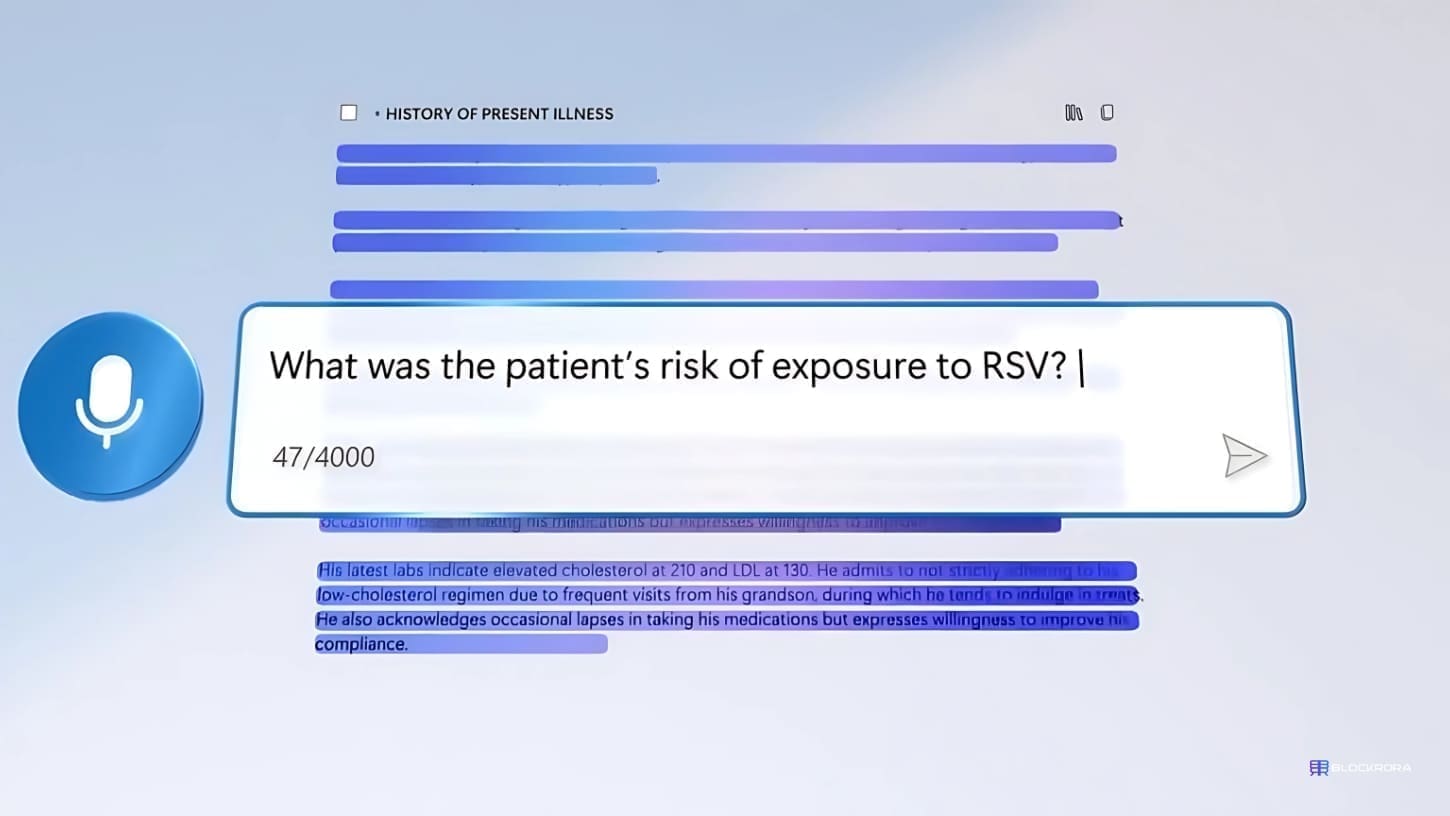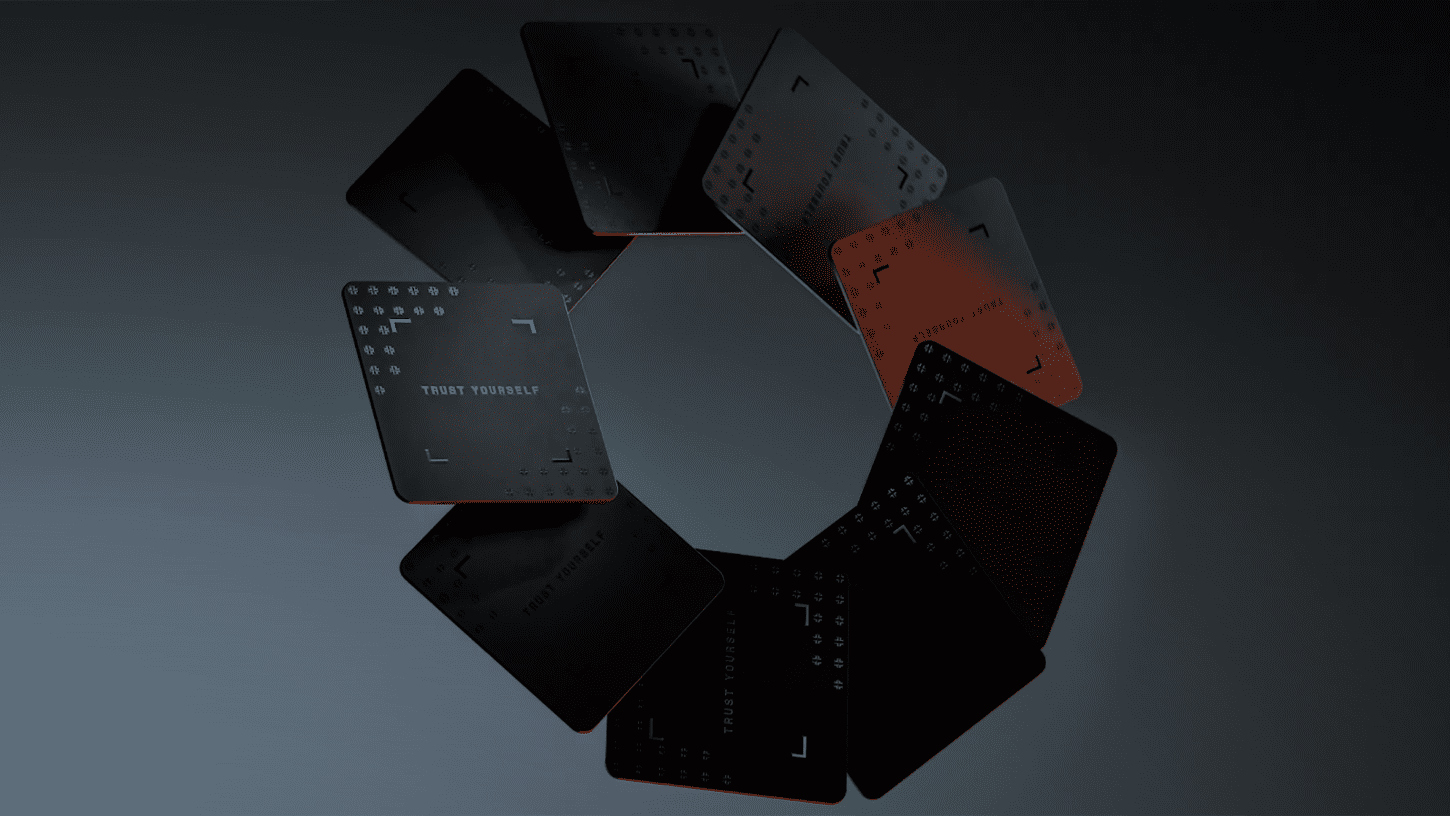Robotic Precision Across the Atlantic: How AI and Real-Time Tech Enabled the World’s First Remote Stroke Surgery

A revolutionary medical feat has brought the future of remote healthcare sharply into focus. Doctors from Scotland and the United States have successfully performed what is believed to be the world’s first transatlantic robotic stroke surgery, proving that life-saving medical procedures can now transcend physical borders.
The historic demonstration, powered by cutting-edge robotics, AI-assisted precision, and real-time data transmission, could reshape the delivery of critical care, especially in regions lacking specialist expertise.
From Science Fiction to Surgical Reality
The procedure, known as a mechanical thrombectomy, is used to remove blood clots that block the brain’s blood supply during an ischaemic stroke, a condition where every minute counts. For every six minutes of delay, a patient’s chance of recovery drops by roughly 1%.
Leading the demonstration were Professor Iris Grunwald of the University of Dundee and Dr. Ricardo Hanel, a neurosurgeon based in Jacksonville, Florida. The two specialists, working thousands of miles apart, achieved seamless surgical synchronization.
In the first phase, Prof. Grunwald conducted a remote thrombectomy on a human cadaver located at a separate facility within the UK. Hours later, Dr. Hanel performed the world’s first transatlantic version, remotely operating on a human body in Dundee, over 4,000 miles (6,400 km) away.
“We were witnessing the first glimpse of the future,” said Prof. Grunwald. “Every step of the procedure can already be done; this is no longer science fiction.”
The Tech Behind the Scalpel: Sentante, Nvidia, and Ericsson
At the heart of this medical milestone lies robotic precision from Lithuanian company Sentante, whose system allows surgeons to manipulate catheters and wires through robotic arms that precisely mirror human movement.
Here’s how it works:
- The surgeon uses a control console, potentially from anywhere in the world.
- The robot, connected to the patient, replicates each movement in real time.
- Nvidia’s advanced processing and Ericsson’s ultra-low-latency 5G connectivity ensure the data travels instantly between continents.
During the transatlantic procedure, the connection achieved an astonishing 120 milliseconds of lag, about the time it takes for a human to blink.
“The lag was almost imperceptible,” said Dr. Hanel. “Operating from the US on a body in Scotland felt as natural as being in the same room.”
Solving the Geography Problem in Medicine
This robotic system could revolutionize access to specialist care, particularly in stroke treatment, where the shortage of expert surgeons often determines life or death.
Currently, many rural or remote hospitals lack the capacity to perform thrombectomies, forcing patients to travel while wasting crucial time. Remote robotics could change that permanently.
“This technology offers a future where survival isn’t defined by where you live,” noted Prof. Grunwald. “We’re saving the minutes where your brain would otherwise be dying.”
With further development and planned clinical trials in 2026, the implications extend beyond stroke care into trauma surgery, cardiac interventions, and emergency response operations in remote environments, including space and military applications.
When the Future Operates in Real Time
For Sentante CEO Edvardas Satkauskas, this success is just the beginning.
“Sometimes, the future is closer than we think,” he said.
The combination of AI precision, real-time communication networks, and human expertise signals a new era for global healthcare delivery, one where expert care can be accessed anywhere, instantly.
From Dundee to Jacksonville, the message is clear:
The next frontier of medicine won’t just be in hospitals, it will be online, robotic, and globally connected.






